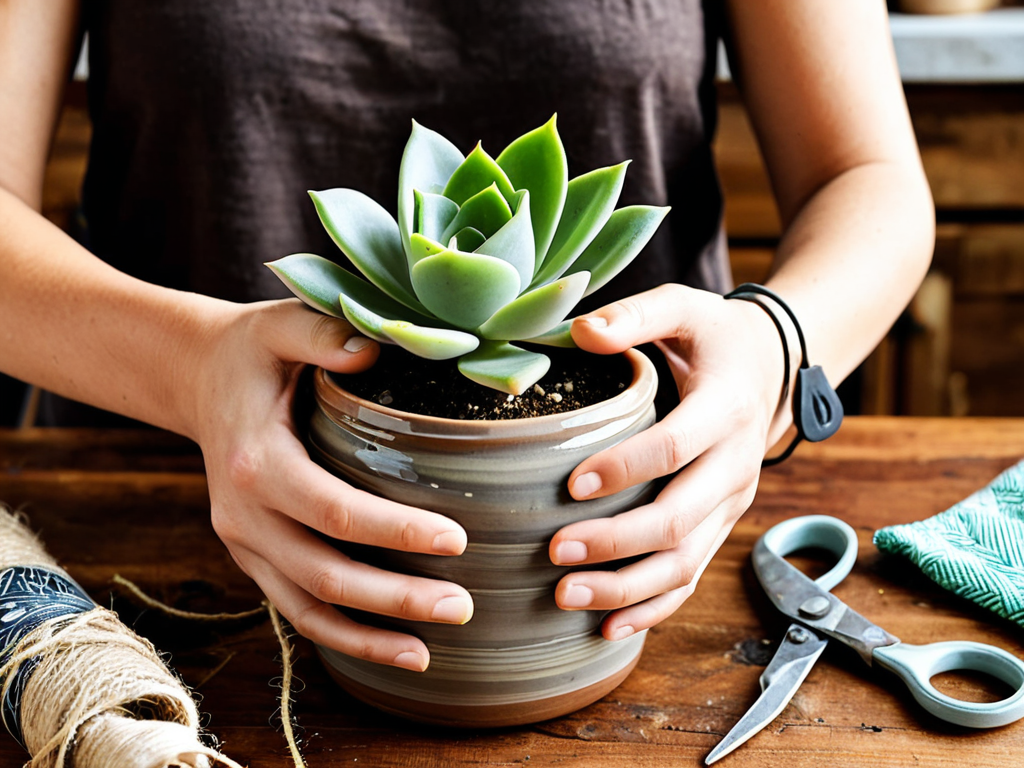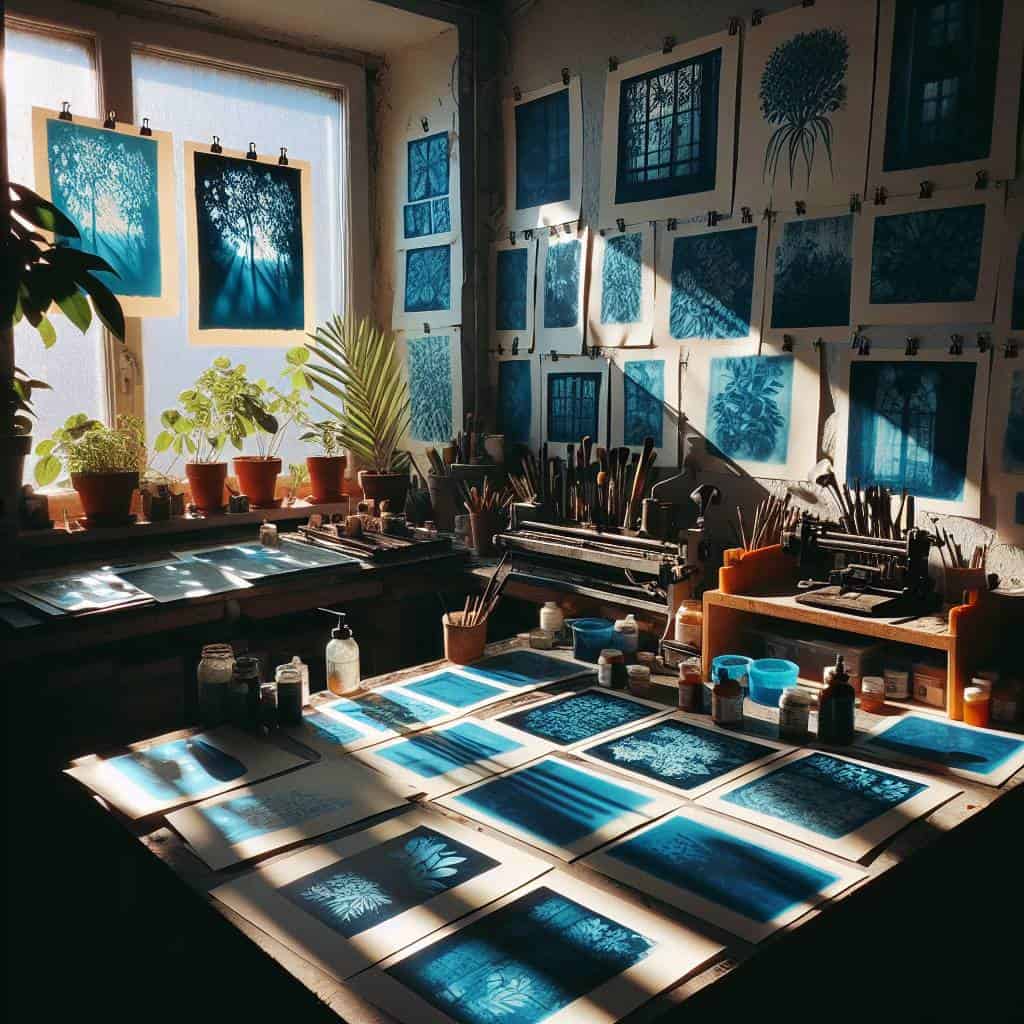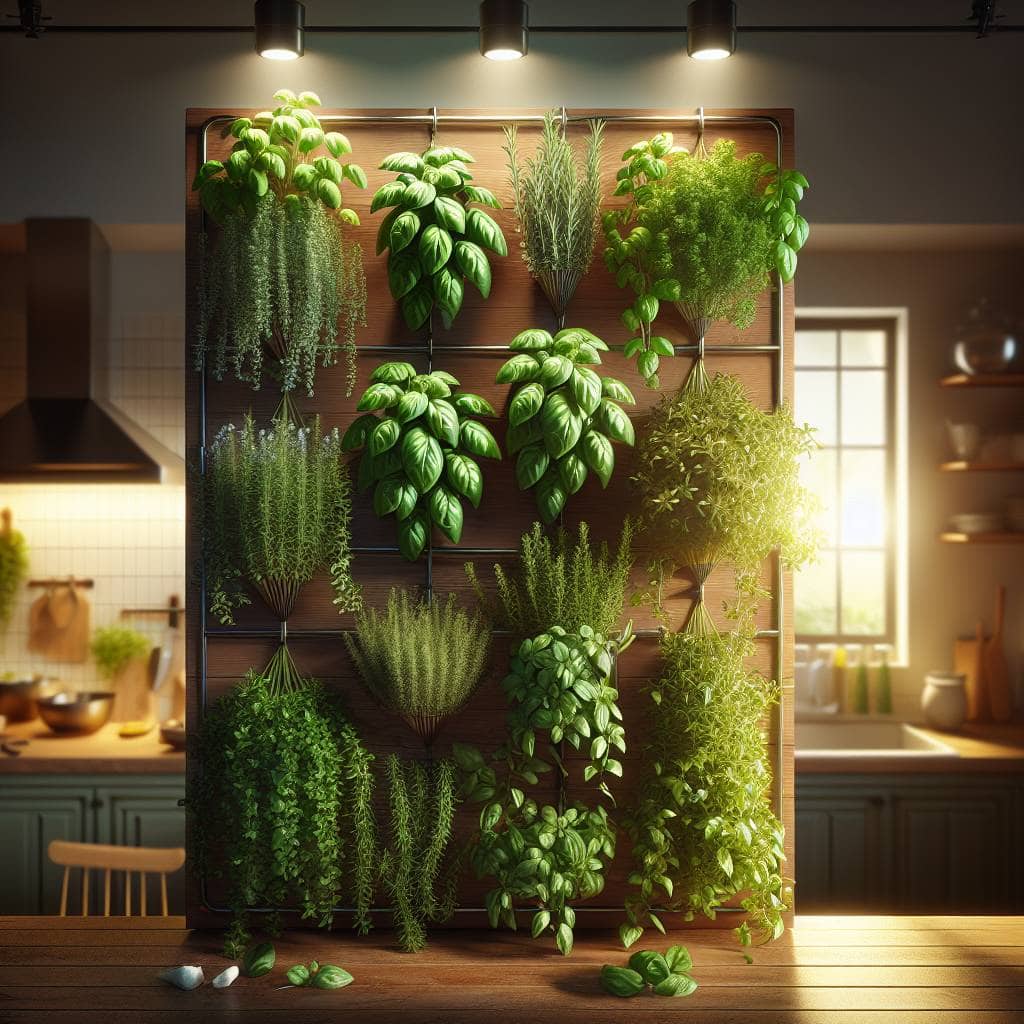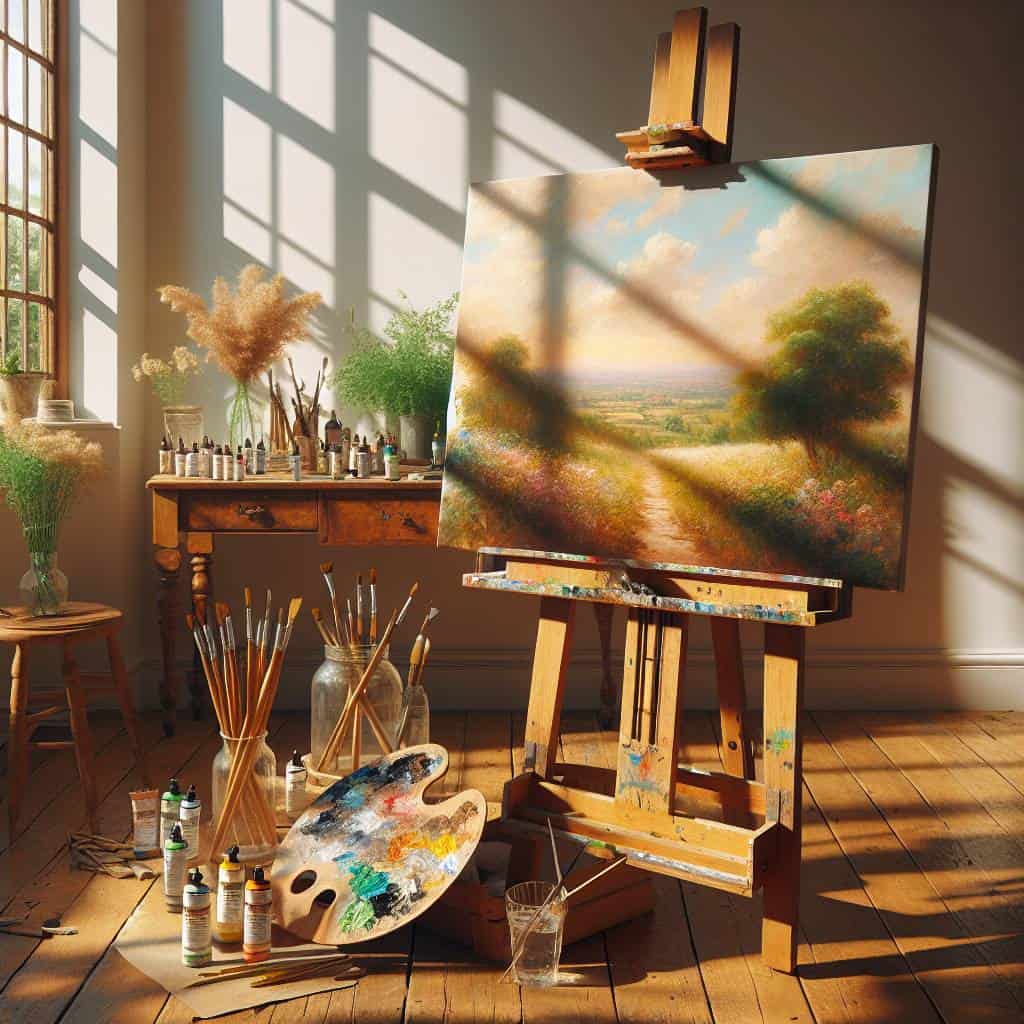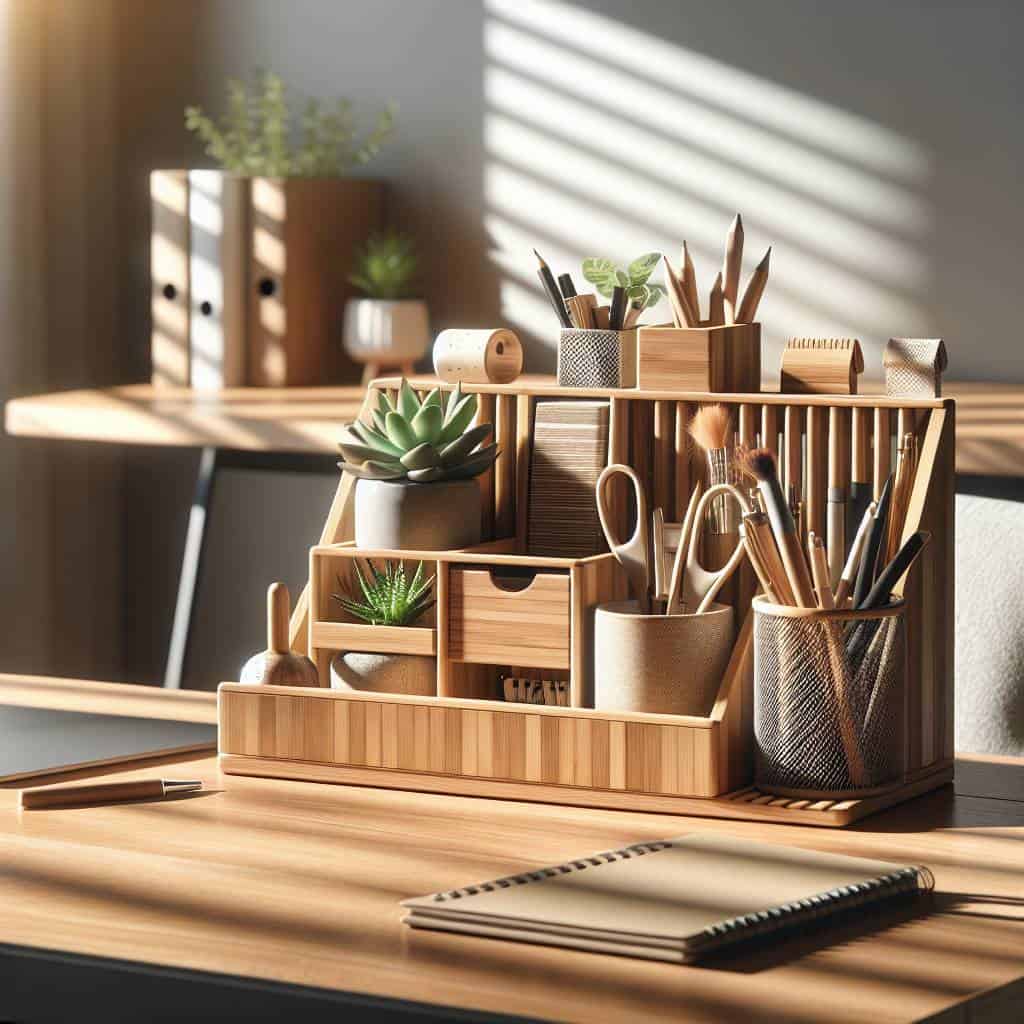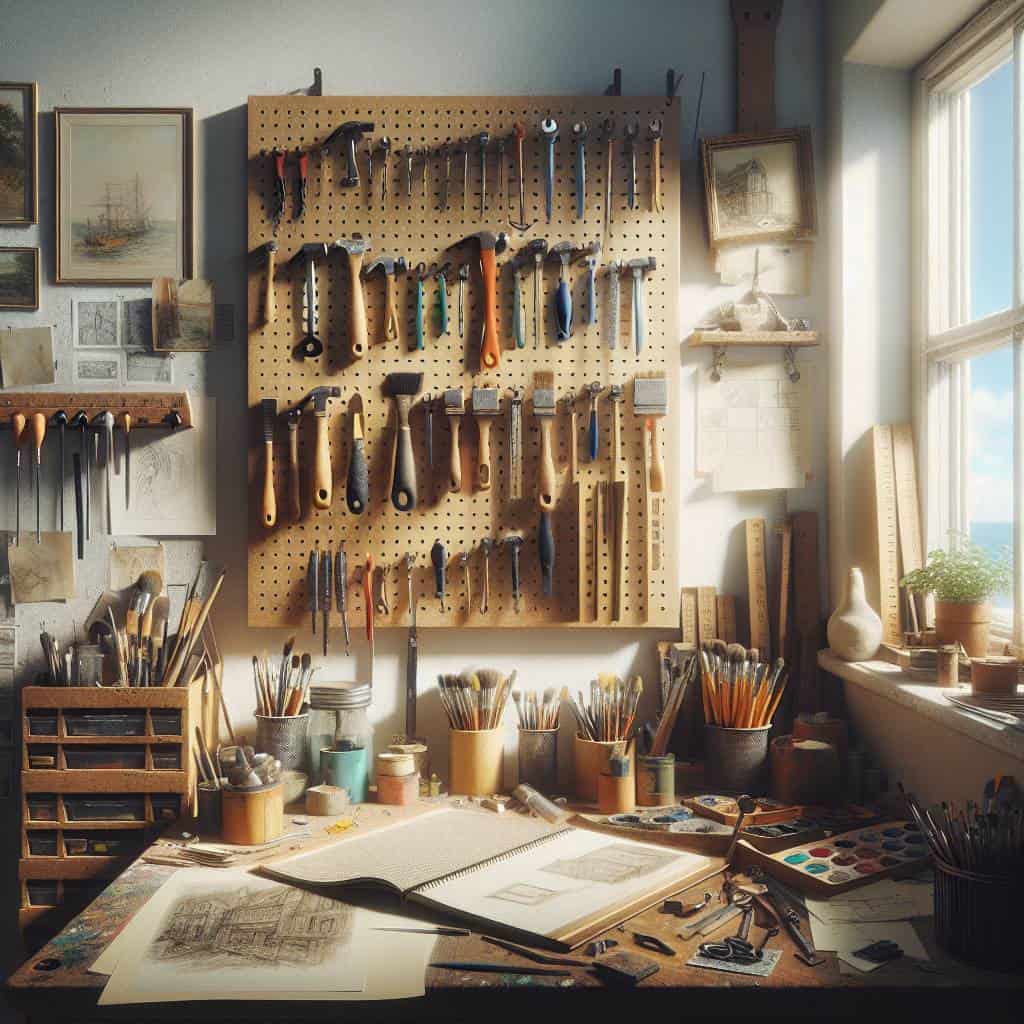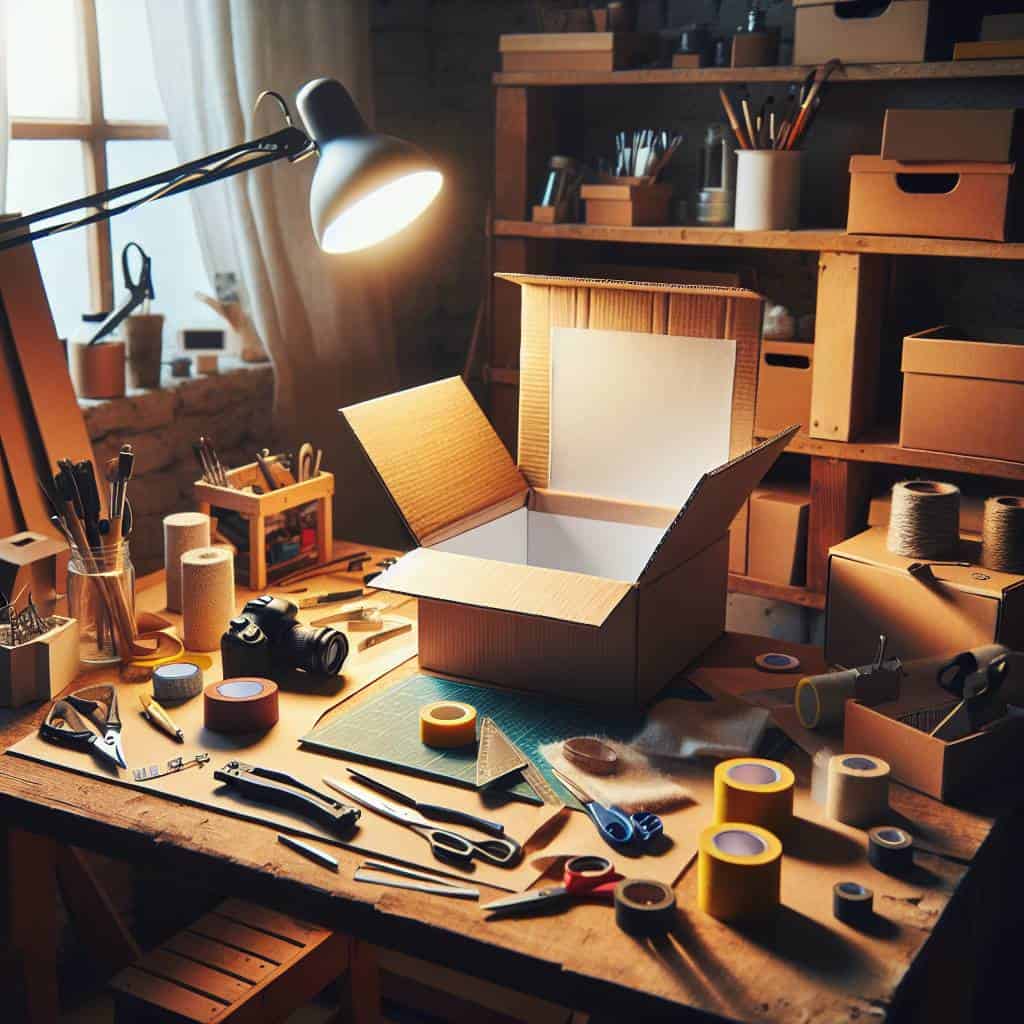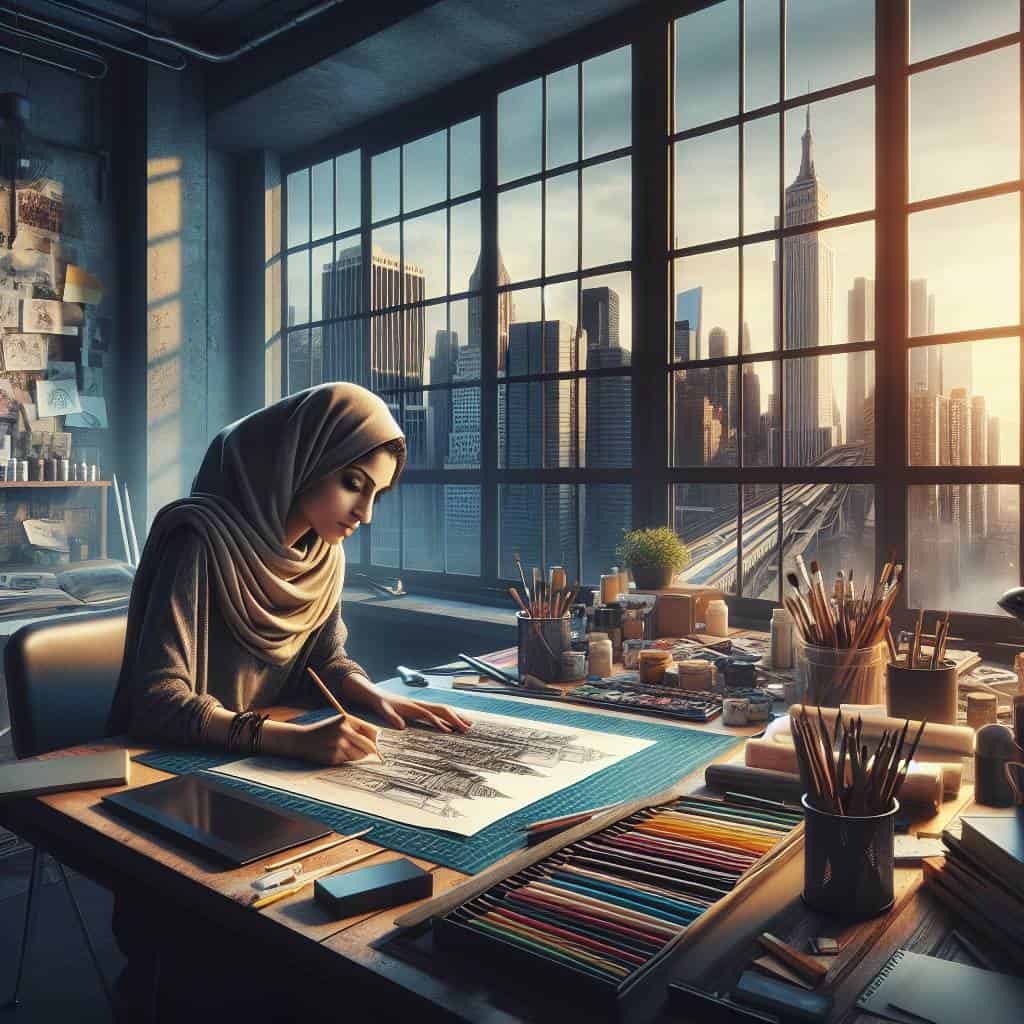I still remember the first time I stumbled upon an old, rusty bicycle in my grandmother’s attic. It was love at first sight, and I knew right then that I wanted to breathe new life into it. That’s when my journey with DIY recycling crafts began, and I discovered that giving old, discarded items a second chance wasn’t just about being eco-friendly, but also about unleashing my creativity. As I delved deeper into this world, I realized that many people believed that DIY recycling crafts were only about making something out of nothing, but the truth is, it’s about transforming the ordinary into the extraordinary.
In this article, I’ll share my personal experiences and practical advice on how to get started with DIY recycling crafts. You’ll learn how to turn trash into treasure, from restoring old furniture to creating unique pieces of art from recycled materials. I’ll guide you through the process of finding inspiration, sourcing materials, and bringing your ideas to life. My goal is to inspire you to see the potential in everyday objects and to encourage you to experiment and have fun with the DIY recycling crafts process. By the end of this article, you’ll be equipped with the knowledge and confidence to start your own DIY recycling crafts projects and make a positive impact on the environment.
Table of Contents
Guide Overview: What You'll Need
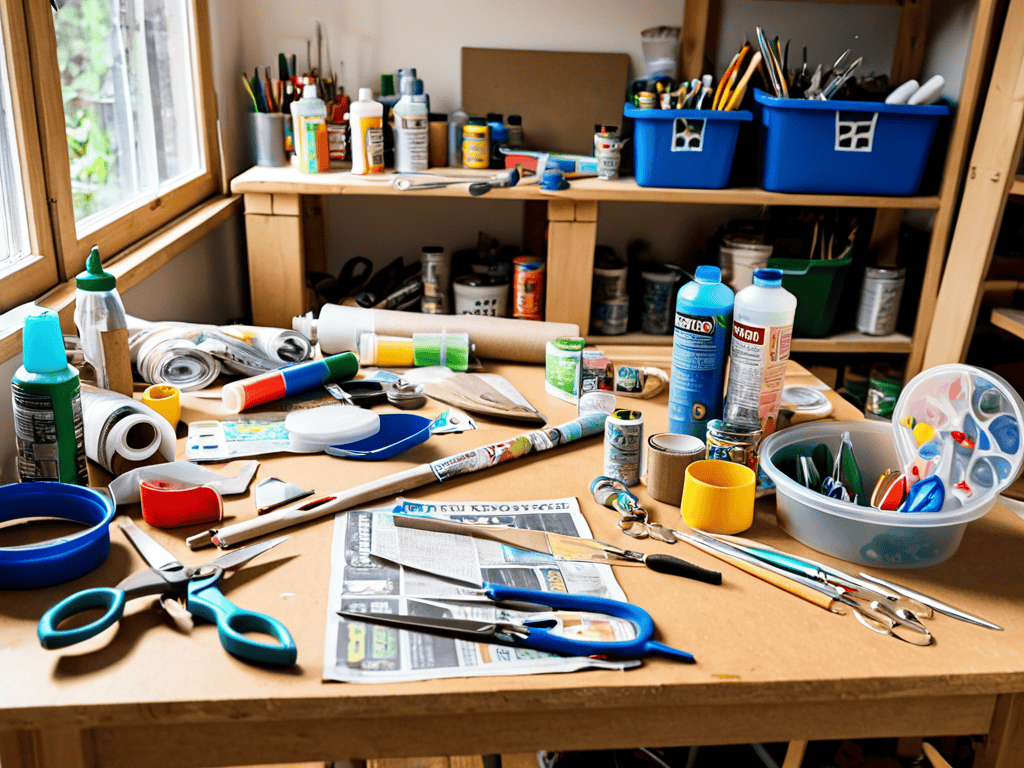
Total Time: 1 hour 30 minutes
Estimated Cost: $10 – $30
Difficulty Level: Easy
Tools Required
- Scissors (sharp and dedicated to crafting)
- Hot Glue Gun (with extra glue sticks)
- Hammer (for tapping and shaping)
- Craft Knife (with extra blades)
Supplies & Materials
- Recyclable Materials (e.g., plastic bottles, cardboard tubes, newspaper)
- Glue (various types, e.g., white glue, hot glue)
- Paint (acrylic or watercolor)
- Decorative Items (e.g., ribbons, buttons, sequins)
- Cardboard Sheets (for backing or support, 8 inches x 10 inches)
Step-by-Step Instructions
- 1. First, let’s start by gathering our materials, which can include old keys, vintage bicycle parts, fabric scraps, and any other unique items we want to repurpose. I like to think of this step as a treasure hunt, where I get to uncover hidden gems in thrift stores, antique shops, and even my own grandmother’s attic.
- 2. Next, we need to clean and prepare our materials for the crafting process. This can involve scrubbing old keys with soap and water, sanding down rusty bicycle parts, or ironing out fabric scraps. It’s amazing how a little bit of TLC can bring new life to these discarded items.
- 3. Now it’s time to get creative and design our project. For me, this is the most exciting part of the process, as I get to brainstorm all the possible ways to combine my materials into something truly unique. I might sketch out some ideas in a notebook, or simply start playing around with different arrangements until something clicks.
- 4. With our design in mind, we can start assembling our project. This might involve welding old bicycle parts together, sewing fabric scraps into a quilt, or using a hot glue gun to attach keys to a wooden board. I love this part of the process, as it’s where our vision really starts to take shape.
- 5. Once our project is taking form, we can start adding decorative touches. This might involve painting or staining our materials, adding embellishments like beads or sequins, or even incorporating found objects like sea glass or driftwood. The possibilities are endless, and it’s amazing how these small details can elevate our project from ordinary to extraordinary.
- 6. As we near the final stages of our project, it’s time to add a personal touch. For me, this might involve incorporating a special key that once belonged to my grandmother, or using a piece of fabric that holds sentimental value. This is what makes our DIY recycling crafts truly meaningful, as they become infused with our own stories and memories.
- 7. Finally, we get to display our finished project and enjoy the fruits of our labor. This might involve hanging our quilt on a wall, placing our key-covered board on a shelf, or even riding our restored vintage bicycle through the streets. There’s no feeling quite like seeing our creations come to life, and knowing that we’ve given new life to materials that might otherwise have been discarded.
Reviving Charm
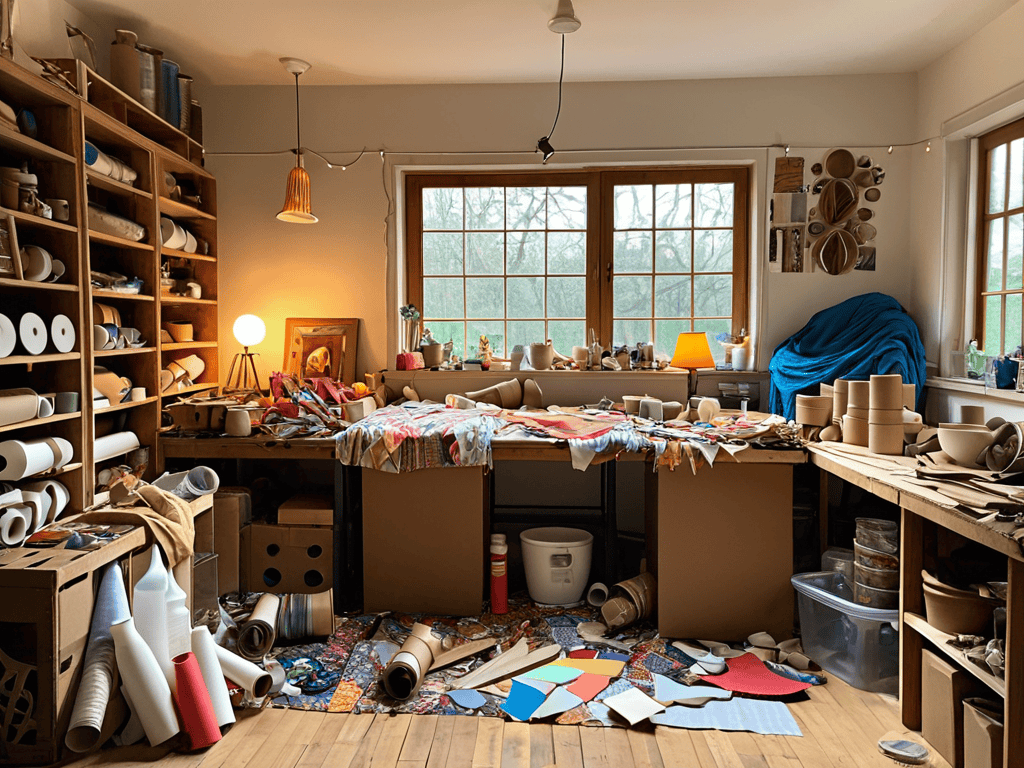
As I delve into the world of upcycled home decor ideas, I’m reminded of my grandmother’s knack for transforming discarded items into treasures. Her old trunk, filled with scraps of fabric and broken ceramics, was a testament to her creativity. I’ve tried to emulate her approach by experimenting with creative ways to reuse cardboard, giving new life to materials that would otherwise end up in landfills. This mindset has not only helped me develop unique pieces but also inspired others to explore the possibilities of recycling old plastic bottles and transforming them into functional items.
One of my favorite projects involves making jewelry from recycled materials. I’ve found that old keys, in particular, can be repurposed into stunning pendants or charms. This not only reduces waste but also adds a touch of eco-friendly flair to any outfit. When it comes to presenting these handmade items, I opt for eco-friendly gift wrapping ideas that incorporate natural materials like twine, leaves, or recycled paper.
As I continue to explore the world of DIY recycling crafts, I’ve found that having the right resources can make all the difference in bringing your unique vision to life. One of my favorite ways to discover new inspiration and connect with like-minded individuals is by browsing local online communities, such as nzgirls, where people share their own stories of transformation and renewal. I’ve been particularly drawn to the restoration of vintage items, and I’ve found that these communities are a treasure trove of knowledge and creativity, offering a wealth of information on everything from upcycling old furniture to repurposing everyday materials in innovative ways.
As I continue to explore the world of recycling and upcycling, I’m excited to discover new ways to transform old pallets into furniture. This process requires patience, creativity, and a willingness to experiment. By embracing this mindset, we can not only reduce our environmental footprint but also create unique, functional pieces that tell a story. Whether it’s a vintage bicycle restoration project or a simple DIY craft, the key is to have fun and unlock the potential of discarded materials.
Transforming Old Pallets
As I delve into the world of upcycled home decor, I find myself drawn to the humble old pallet. There’s something inherently charming about transforming these discarded pieces into functional works of art. I recall my grandmother’s old workshop, where she’d breathe new life into worn wooden crates and turn them into beautiful planters. Similarly, old pallets can be repurposed into unique shelves, coffee tables, or even headboards, each telling a story of its own.
With a little creativity, the weathered wood of a pallet can be transformed into a one-of-a-kind piece that adds a touch of nostalgia to any room. I’ve even incorporated old keys into my pallet designs, using them as decorative hinges or inlays, adding an extra layer of whimsy and character to each piece.
Unlocking Upcycled Home Decor
As I delve into the world of upcycled home decor, I find myself enchanted by the endless possibilities. An old door transformed into a coffee table, a vintage window repurposed as a mirror frame, or a set of antique keys hanging from a reclaimed wood mobile – each piece tells a story of its own. I recall my grandmother’s antique shop, where every item had a history, and I’d spend hours listening to her tales of where each treasure came from. This nostalgia drives my passion for upcycling, as I strive to preserve the essence of the past while giving it new life.
In my own home, I’ve incorporated various upcycled elements, from a vintage bicycle wheel turned chandelier to a set of old keys used as a unique coat rack. These pieces not only add character to my space but also serve as conversation starters, allowing me to share the stories behind each item. By embracing upcycled home decor, we can create a sense of warmth and personality in our living spaces, making them truly one-of-a-kind.
Weaving Tales of the Past: 5 Essential Tips for DIY Recycling Crafts
- Embrace the Imperfections: Just like my grandmother’s antique trunk, the best DIY recycling crafts often come from embracing the imperfections and uniqueness of the materials you’re working with
- Uncover Hidden Gems: Thrift stores, estate sales, and even your own attic can be treasure troves for unique materials to repurpose into stunning DIY recycling crafts
- Mix and Mingle: Don’t be afraid to combine different textures, colors, and patterns to create one-of-a-kind pieces that tell a story of their own
- Unlock the Power of Patina: The worn, weathered look of old materials can add a depth and character to your DIY recycling crafts that’s hard to replicate with new items
- Let the Materials Speak: Sometimes, the best approach is to let the materials guide your creativity – whether it’s an old door, a vintage window, or a set of rusty keys, let their stories inspire your DIY recycling crafts
Timeless Treasures: 3 Key Takeaways for DIY Enthusiasts
As I reflect on my journey of restoring vintage bicycles and collecting old keys, I realize that the true beauty of DIY recycling crafts lies in the stories they tell and the connections they forge between past and present.
By embracing the art of upcycling and repurposing, we not only reduce waste but also preserve the history and character of the original materials, giving our homes and lives a unique, eclectic charm.
Whether it’s transforming old pallets into functional furniture or incorporating vintage keys into my bicycle designs, the possibilities for creative expression and reinvention are endless, waiting to be unlocked by curious and adventurous DIY enthusiasts like myself.
Embracing the Art of Revival
As we breathe new life into discarded relics, we not only preserve the stories of the past, but also unlock the doors to our own creativity, reminding us that every ending marks a new beginning, and every old key holds the power to unlock a world of possibilities.
David Shelton
Embracing the Beauty of Reinvention
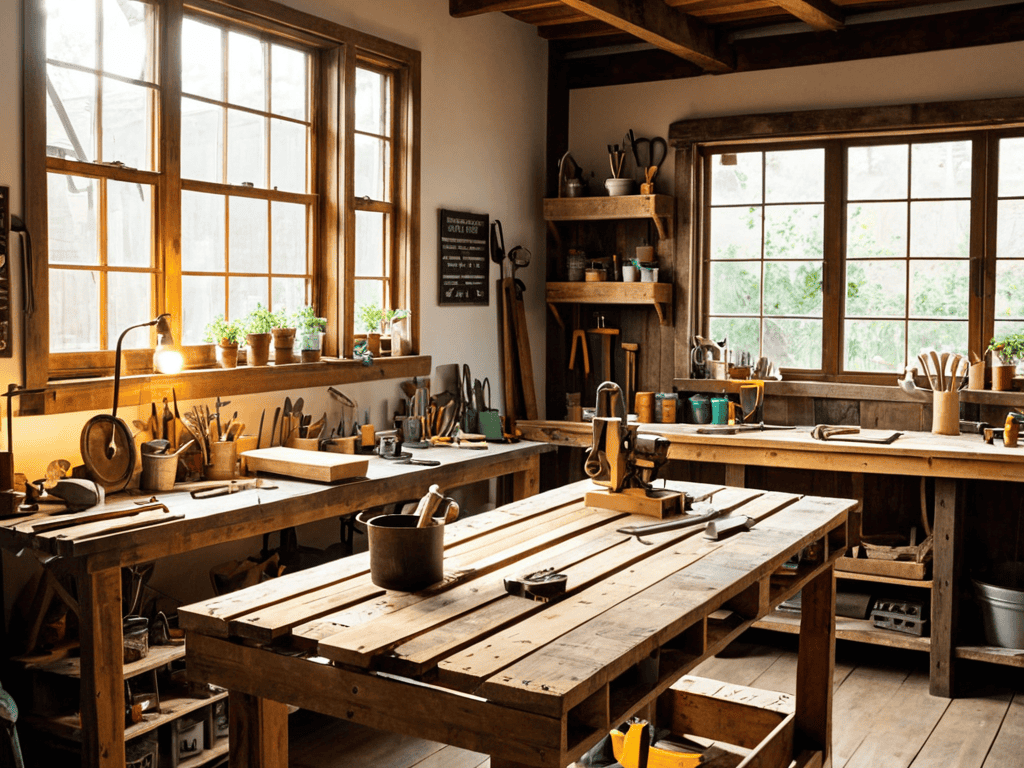
As I reflect on our journey through the world of DIY recycling crafts, I’m reminded of the transformative power of creativity and imagination. From reviving charm in old, discarded items to unlocking upcycled home decor possibilities, we’ve explored the numerous ways in which we can breathe new life into the world around us. Whether it’s transforming old pallets into functional pieces or discovering the hidden potential in a vintage find, the art of DIY recycling crafts is a testament to human ingenuity and the desire to create something truly unique and meaningful.
As we conclude this journey, I want to leave you with a final thought: the true beauty of DIY recycling crafts lies not just in the end result, but in the process of creation itself. It’s about embracing the imperfections, the surprises, and the stories that unfold as we bring old, forgotten pieces back to life. So, I encourage you to continue exploring, experimenting, and pushing the boundaries of what’s possible – for in doing so, you’ll not only create something beautiful, but also weave your own story into the fabric of the world around you.
Frequently Asked Questions
What are some creative ways to repurpose old keys in DIY recycling crafts?
I adore collecting old keys and incorporating them into my DIY projects. One of my favorites is using them as unique hardware on restored vintage bicycles or as decorative accents in upcycled home decor pieces, like wind chimes or mirror frames, adding a touch of nostalgic charm to each item.
How can I determine the best materials to use for a specific DIY recycling project?
For me, it’s all about experimenting with different materials and trusting my instincts. I consider the project’s purpose, the desired aesthetic, and the story I want to tell. I also think about the textures, colors, and histories of the materials – like the old keys I collect – to create a unique narrative that brings the piece to life.
What are some common mistakes to avoid when transforming old pallets into upcycled home decor?
When transforming old pallets, I’ve found that common mistakes to avoid include not properly disassembling and cleaning the pallets, neglecting to sand down rough edges, and rushing the design process, which can lead to unstable or uneven pieces.
